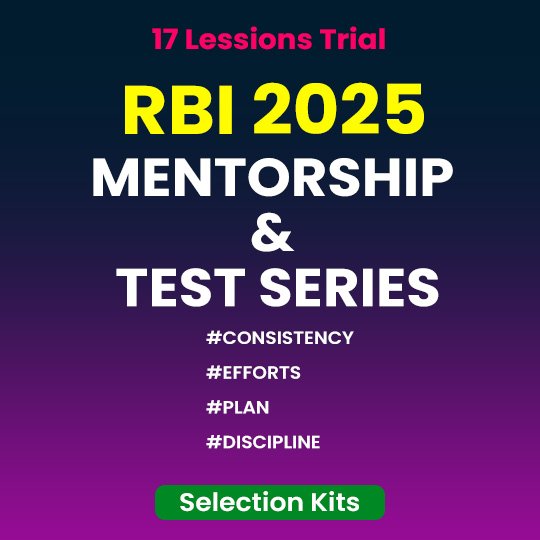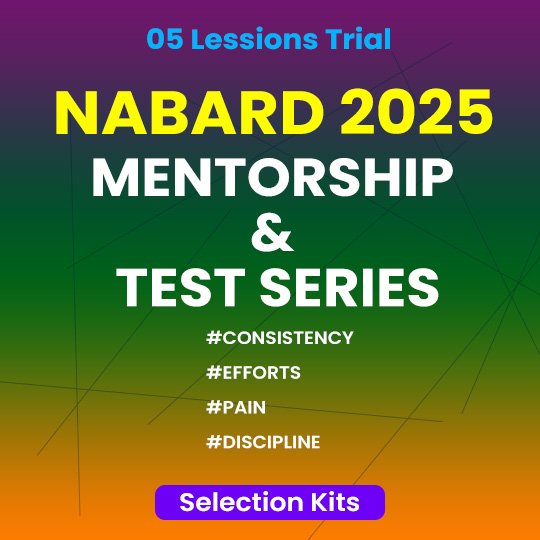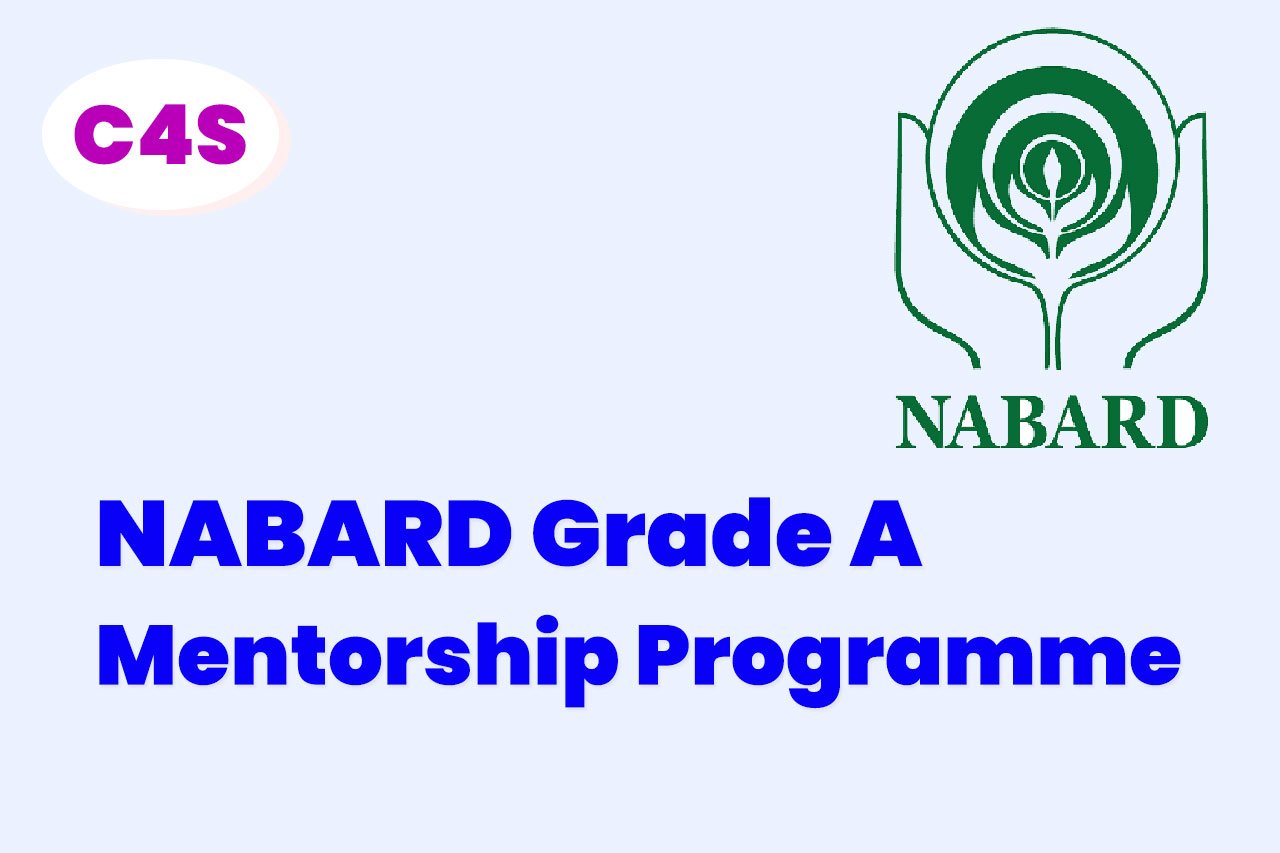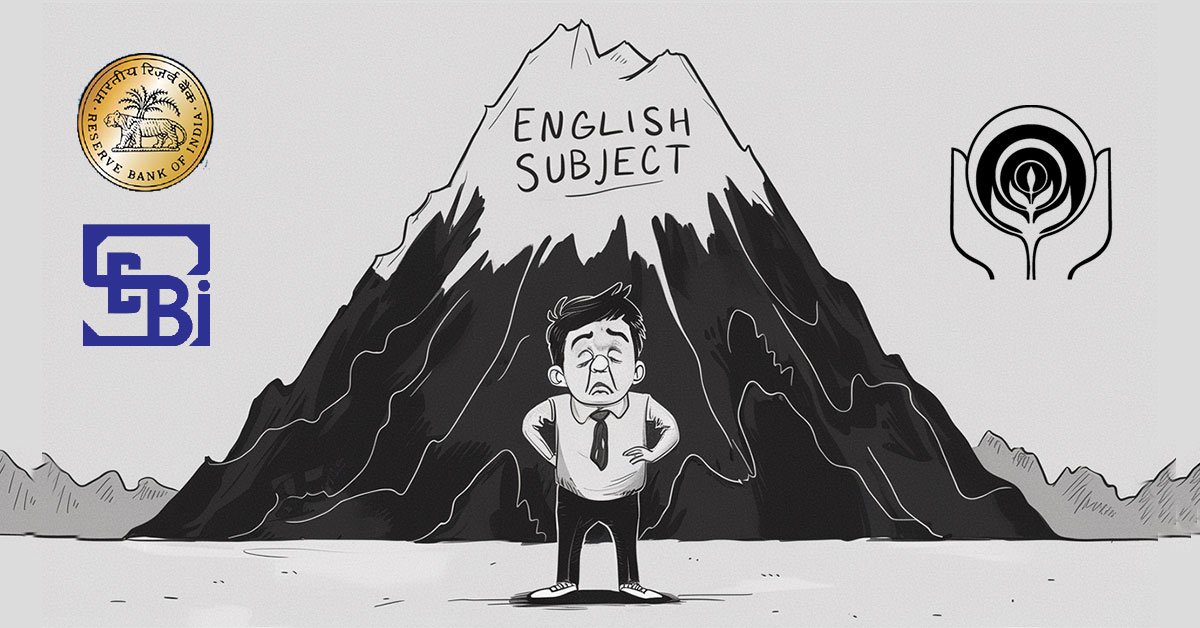Daily Current Affairs Quiz
27 June, 2025
National Affairs
1. Shanghai Cooperation Organisation (SCO)
Context:
During the Shanghai Cooperation Organisation (SCO) Defence Ministers’ meeting held in China, India refused to endorse the joint statement, citing the absence of strong language against terrorism, particularly in the wake of the Pahalgam attack on April 22.
Shanghai Cooperation Organisation (SCO)
The Shanghai Cooperation Organisation (SCO) is a multilateral political, economic, security, and defence organization comprising 10 member states across Eurasia. It represents the world’s largest regional organization by area and population, covering approximately 24% of the world’s landmass and 42% of its population.
- Headquarter:
- Beijing, China
- Secretary-General:
- Nurlan Yermekbayev
Member States
- Founding Members (2001): China, Kazakhstan, Kyrgyzstan, Russia, Tajikistan, Uzbekistan
- Expanded Members:
- India and Pakistan joined in June 2017
- Iran became a full member in July 2023
- Belarus joined in July 2024
Origins and Development
- Predecessor: Shanghai Five (1996–2000), comprising China, Russia, Kazakhstan, Kyrgyzstan, and Tajikistan.
- 1996: Treaty on Deepening Military Trust in Border Regions
- 1997: Treaty on Reduction of Military Forces in Border Regions
- Regular summits fostered border cooperation, military trust, and non-interference principles.
- Formation of SCO:
- June 2001: Uzbekistan joined the Shanghai Five members to establish the SCO in Shanghai.
- The group evolved from a confidence-building mechanism to a broader strategic platform for regional stability, economic cooperation, and counter-terrorism.
Structure and Governance
- Heads of State Council (HSC): Supreme decision-making body, meets annually.
- Regional Anti-Terrorist Structure (RATS): Coordinates intelligence and counter-terrorism efforts among member states.
Key Principles
- Respect for sovereignty, non-interference, territorial integrity, and collective security.
- Promotion of a multipolar world order and regional integration without external intervention.
TH
2. Keeladi Excavation
Context:
The Keeladi archaeological site in Tamil Nadu has become a focal point of both archaeological significance and political contention. The excavations, first launched by archaeologist K. Amarnath Ramakrishna in 2014, unearthed evidence of a sophisticated urban civilisation along the Vaigai River, possibly dating back to the Sangam period (2nd century BCE).

Keeladi Excavation
Keeladi, a village in Sivaganga district, Tamil Nadu, is located on the banks of the Vaigai River, about 12 km southeast of Madurai.
Excavation Highlights
- Artefacts Unearthed:
Over 18,000 antiquities including:- Pottery and Tamil-Brahmi script now dated to 5th century BCE, possibly earlier.
- Gold and copper ornaments, spindle whorls, seals
- Glass, shell, and ivory bangles, beads made of agate and carnelian
- Weaving and dyeing tools, game pieces like dice and hopscotch tiles
- Graffiti resembling Indus Valley signs
- Carbon dating confirmed the findings were at least 2,160 years old.
- Urban Indicators:
- Presence of brick structures, ring wells, and industrial zones for pottery, textile production, and metallurgy signal planned urbanization.
- Chronological Dating:
- Carbon dating of artefacts places the site between 800 BCE – 1st century CE, revising the start of the Sangam Age earlier than previously estimated.
Civilisational Significance
- Early Tamil Literacy:
- Tamil-Brahmi script found on potsherds suggests a literate urban society as early as the 6th–8th century BCE.
- Cultural Parallels:
- Some graffiti symbols resemble those from the Indus Valley Civilization, though a 1,000-year gap separates the two. Scholars propose deeper study to trace possible continuities.
- Vaigai Valley Civilisation:
- Keeladi is now associated with a hypothesized Vaigai Valley Civilisation, suggesting urban continuity in South India post-Indus period.
- Lack of Religious Structures:
- No signs of temples or religious worship found; reflects an industry- and trade-oriented society.
About the Sangam Age
- Time Period:
- Traditionally dated 300 BCE – 300 CE, but Keeladi findings may push it back to 800 BCE.
- Cultural Identity:
- Named after Tamil Sangams—assemblies of Tamil poets and scholars. Sangam literature details a flourishing civilization known for trade, arts, and governance.
- Capital City:
- Madurai served as the core of the Tamil Sangam assemblies.
3. India to Launch Nationwide Household Income Survey
Context:
The Ministry of Statistics and Programme Implementation (MoSPI) has announced plans to conduct a comprehensive nationwide household income survey beginning next year. This will mark the first systematic attempt in decades to directly measure household income distribution across India.
Purpose and Significance
- The survey aims to produce reliable estimates of:
- Poverty incidence
- Income inequality
- General household well-being (urban and rural)
- Addresses long-standing gaps in income data, which currently rely on proxies like:
- Household Consumption Expenditure Surveys (HCES)
- Income-tax filings
Why It Matters
- Current policy debates on inequality and trickle-down growth are often data-deficient.
- Institutions like the World Inequality Lab estimate that:
- The top 10% earners in India receive ~60% of national income
- The bottom 50% account for just 15%
- These findings rely on incomplete datasets due to the absence of direct income surveys.
Historical Attempts and Challenges
- Previous pilots (1955–1970s) failed due to:
- Underreported incomes compared to reported consumption + savings
- Reluctance to disclose income due to privacy/tax fears
- Current obstacles include:
- Low response rates in gated urban communities
- Difficulty capturing non-standard income (seasonal, in-kind, multiple sources)
- Enumerator access denial in affluent areas
- Fear of tax surveillance, especially among high-income earners
Concerns
- Representativeness: Ensuring sample diversity across India’s 1.4+ billion population.
- Trust-building: NSSO must address privacy concerns to secure honest responses.
- Enumerative coverage: Prevent substitution bias when gated communities refuse participation.
4. India Launches First Maritime Sector NBFC – Sagarmala Finance Corporation Ltd (SMFCL)
Context:
The Union Minister of Shipping inaugurated India’s first dedicated maritime sector NBFC, Sagarmala Finance Corporation Limited (SMFCL), aimed at bridging financing gaps in maritime infrastructure and boosting sectoral growth in line with the Maritime Amrit Kaal Vision 2047.
Key Highlights
- Entity Type: Registered as an NBFC with the Reserve Bank of India.
- Status: Mini Ratna Category-I CPSE
- Under Ministry: Ministry of Ports, Shipping and Waterways (MoPSW)
- Headquarters: New Delhi
Core Objectives
- Provide tailored financial solutions to the maritime sector
- Support MSMEs, startups, and maritime skilling institutions
- Facilitate funding in green energy, shipbuilding, cruise tourism, and logistics
- Accelerate port-led development under the Sagarmala Programme
- Contribute to India’s vision of becoming a global maritime leader by 2047
Key Functions of SMFCL
- Offer short-, medium-, and long-term credit to:
- Port authorities
- Maritime logistics companies
- Entrepreneurs and maritime startups
- Finance projects involving:
- Green hydrogen and sustainable technologies
- Digital port infrastructure and automation
- PPP infrastructure models
- Partner with:
- Research institutions for R&D
- Training centers for skill development
Banking/Finance
1. Bank of Baroda Launches “bob Flexi SDP” with Variable Contributions
Context:
Bank of Baroda (a leading PSU) has introduced a new savings product called the bob Flexi Systematic Deposit Plan (SDP). This enhanced version of their Systematic Deposit Plan allows flexible monthly deposits and lock-in interest rates for the full tenure of the plan.
Key Features
- Start Small, Save Big:
- Core monthly instalment can start at ₹500, with flexibility to increase in ₹100 increments up to ₹1 lakh/month, or 10× the core instalment—whichever is lower.
- Fixed Rate for Everything:
- Even though contributions are made monthly (and mature at different times), each contribution earns the higher interest rate fixed at the outset.
- Liquidity Built-In:
- Overdraft facility up to 95% of the outstanding balance
- Nomination benefits included
2. SBI Partners with FPSB India to Integrate CFP Certification into Employee Training
Context:
The State Bank of India (SBI) has entered into a strategic partnership with the Financial Planning Standards Board (FPSB) India to incorporate the Certified Financial Planner (CFP) certification into its internal employee training program.
Key Highlights
- Target Group: All 2.36 lakh SBI employees will be covered under the program.
- Objective: Enhance the bank’s advisory capabilities for NRI, HNI, and UHNI clients.
- Focus Areas:
- Investment Planning
- Retirement Readiness
- Insurance Advisory
- Estate Planning
- National Importance: The initiative aligns with India’s goal of improving financial literacy and professionalizing financial advice.
About FPSB India
- FPSB India is part of a global network representing over 230,000 CFP professionals globally.
- It sets standards for competent and ethical financial planning.
About SBI
- Established: 1 July 1955
- Headquarters: Mumbai, Maharashtra
- Chairman: Challa Sreenivasulu Setty
3. Equitas SFB and Edelweiss Life Insurance Forge Strategic Bancassurance Partnership
Context:
Equitas Small Finance Bank (SFB) and Edelweiss Life Insurance have entered into a strategic bancassurance partnership to offer life insurance products to Equitas Bank customers. The move aims to deepen insurance penetration and provide holistic financial solutions, especially in underserved regions.
Key Highlights
- Partnership Objective:
To enable Equitas SFB customers to access Edelweiss Life’s insurance offerings such as:- Term insurance (protection)
- Endowment/savings plans
- Unit-linked insurance plans (ULIPs)
- Bancassurance
- Bancassurance refers to the distribution of insurance products through banks. It’s a partnership between a bank and an insurance company where the bank sells the insurer’s products to its existing customer base.
- Distribution Model:
- Products will be sold via Equitas’s branch network and digital channels, particularly focusing on southern India, a key market for both firms.
- Strategic Importance:
- Helps Equitas SFB diversify revenue by earning commissions through insurance distribution (non-interest income).
- Enhances Edelweiss Life’s market reach through Equitas’s retail base, especially in Tier 2 and Tier 3 cities.
4. IRDAI Flags Concerns During Inspections of Eight Health Insurers
Context:
The Insurance Regulatory and Development Authority of India (IRDAI) has conducted routine inspections of several health and general insurance companies to review their adherence to regulatory norms, especially provisions under the new Health Insurance Master Circular issued earlier.
Concerns Highlighted
- Implementation issues with the Health Insurance Master Circular.
- Claims settlement practices raised red flags.
- Specific procedural lapses in:
- Customer Information Sheet (CIS) design and complexity.
- Representation on Claims Review Committees.
- Portability data submission delays to the Insurance Information Bureau (IIB).
Regulatory Background
- The Health Insurance Master Circular was issued by IRDAI to streamline and enhance transparency in policy terms, claims processes, portability, and disclosures.
- IRDAI aims to ensure consumer-friendly practices and better compliance across the sector.
Implications
- Reinforces IRDAI’s proactive regulatory role in promoting accountability and uniform standards.
- Prompts insurers to rectify procedural inefficiencies swiftly.
- May influence broader industry-wide reforms in claims transparency and data submission norms.
5. Cyberattack on Aditya Birla Capital’s ABCD App
Context:
Aditya Birla Capital’s flagship digital platform ‘ABCD’ app suffered a cybersecurity breach, compromising the digital gold accounts of hundreds of users. The breach has raised concerns over fintech security and data protection in the financial services sector.
Key Highlights
- Incident Details:
- Nearly ₹2 crore worth of digital gold was illicitly sold by an unidentified hacker.
- The stolen holdings were restored to customers after the breach.
- App Background:
- The ABCD app was launched in April 2024 with an investment of ₹100 crore.
- Offers 22+ financial products, including digital gold, insurance, loans, and mutual funds.
- As of August 2024, the platform had 1.2 million users, with a target to onboard 30 million users in 3 years.
Cybersecurity & Financial Sector Implications
- Highlights the growing threat of cyberattacks in digital finance platforms.
- Stresses the importance of cyber audits, data encryption, and multi-layered authentication for digital investment products.
- Reinforces the need for robust cyber insurance coverage in fintech.
Economy
1. MSME Credit Crosses ₹40 Trillion Mark in FY25
Context:
Credit to India’s Micro, Small, and Medium Enterprises (MSME) sector crossed ₹40 trillion as of March 2025, recording a robust 20% year-on-year (YoY) growth, according to a report by CRIF High Mark, a leading credit information bureau.
Key Drivers of Growth
- Strengthened Priority Sector Lending (PSL) norms mandated by the RBI.
- Targeted government initiatives aimed at MSME financing (such as Credit Guarantee Schemes, Emergency Credit Line Guarantee Scheme (ECLGS), etc.).
- Increased digitalisation, which enabled wider credit access and faster loan disbursals.
Credit Distribution
- Small exposure MSMEs (typically micro units or low-ticket loans) accounted for 40% of the total credit outstanding.
- This suggests continued financial deepening at the grassroots level, despite risk factors and economic uncertainties.
Implications
- The MSME sector continues to be a pillar of credit growth and a key beneficiary of financial inclusion efforts.
- The deceleration in new loan origination might indicate maturing portfolios, rising caution among lenders, or shifts in demand.
- Improving asset quality bodes well for future credit expansion without significant deterioration in Non-Performing Assets (NPAs).
2. Poverty Line
Context:
The World Bank’s updated poverty estimates for India have sparked renewed debate over how poverty is measured and understood in the country. Using a revised methodology and a new $3-a-day poverty line based on 2021 purchasing power parity (PPP), the Bank estimates that just 5.75% of Indians lived in abject (extreme) poverty in 2022–23, a sharp decline from 27% in 2011–12.
This translates to:
- 7.5 crore people living below the $3/day (or ₹62/day PPP-adjusted) poverty line in 2022–23
- Down from 34.4 crore in 2011–12
India’s Outdated Domestic Poverty Line
India last revised its official poverty line in 2011–12, based on the Tendulkar Committee’s recommendations. Since then:
- The Rangarajan Committee proposed raising the poverty line to ₹47/day (urban) and ₹33/day (rural), but this was never implemented.
- Hence, India has no updated official poverty line, leading it to increasingly rely on World Bank estimates or NITI Aayog’s Multidimensional Poverty Index, which uses non-monetary indicators.
Understanding Poverty Beyond Numbers
Two lenses to interpret World Bank’s data:
- Optimistic View: Only 5.75% live in “abject poverty” — a major success in poverty alleviation.
- Cautious View: Over 82% of Indians live on less than ₹171/day ($8.3/day PPP line), suggesting that the average Indian still faces severe economic vulnerability.
Free food to one-third of India’s population under the National Food Security Act raises questions about the actual material well-being of people not classified as “poor.”
Key Takeaways
- The definition of poverty critically shapes the understanding of India’s economic progress.
- PPP-based international comparisons offer a consistent framework but may not reflect real deprivation in Indian terms.
- Without a robust, updated domestic poverty line, India risks both underestimating and misrepresenting poverty levels.
- The wide variance in poverty estimates demands cautious interpretation, better data, and transparent methodologies.
Agriculture
1. Centre Identifies Key Agricultural Interventions for Odisha, West Bengal & Andaman-Nicobar Islands
Context:
As part of the Viksit Krishi Sankalp Abhiyan (VKSA), the Ministry of Agriculture conducted a 15-day outreach campaign to gather feedback from 18.5 lakh farmers across Odisha, West Bengal, and Andaman & Nicobar Islands.
Purpose:
To identify ground-level challenges and frame region-specific solutions to boost farmer productivity and income.
Key Recommendations Based on Farmer Feedback
Short-Term Measures:
- Promotion of low-input, high-value crops
- Availability of quality seeds for field and horticultural crops, livestock, and aquaculture
- Integration of agro-tourism for diversified rural income
- Micro Front-Line Demonstrations (FLDs) and diagnostic trials on key crops
- Farmer training in new technologies and farming systems
Medium-Term Measures:
- Convergence with MGNREGA and NRLM
- Women-led SHGs to be developed as agri-entrepreneur units
- Promotion of mini-processing units, branding, and establishing market linkages
Long-Term Measures:
- District Agri-Innovation Hubs with incubators for startups/youth
- Bio-village clusters focused on carbon-neutral technologies
State/UT-Specific Farmer Feedback
Andaman & Nicobar Islands:
- Sustainable, low-input farming models
- Access to farm machinery for smallholders
- Development of agro-tourism and agri-enterprises
- Aquaculture needs: poly-lined ponds, low-cost feed, revival of water bodies
West Bengal:
- Timely supply of quality seeds and planting materials
- Need for nano-fertilizers and eco-friendly plant protection
- Demand for subsidised irrigation pipes, sprayers
- Alternatives for flood-prone and waterlogged areas
Odisha:
- Precision irrigation and groundwater recharge systems
- Rainwater harvesting, farm pond lining, and IFS models
- Integration of crops, livestock, horticulture, fisheries, and mushrooms
- Demand for women-friendly farm implements
2. ICAR-IISR Develops Eco-Friendly Bio-Pesticide to Combat Cardamom Thrips
Context:
The Indian Institute of Spices Research (ICAR-IISR), Kozhikode, has developed a bio-pesticide using a native fungus to control cardamom thrips—a major pest responsible for severe crop losses and reduced export quality in India’s cardamom cultivation.
Key Highlights
- Threat Overview:
- Cardamom thrips cause damage to 30–90% of capsules, leading to yield losses of up to 45–48%.
- Estimated economic loss: ₹2–4 lakh per acre.
- Heavy reliance on chemical insecticides raises health risks and affects global export compliance due to pesticide residue.
- New Bio-Pesticide Solution:
- Developed using Lecanicillium psalliotae, an entomopathogenic fungus found on cardamom thrips.
- The fungus infects adult, larval, and pupal stages of thrips through spores and mycelia.
- Additional benefits: promotes plant growth and enhances soil nutrition.
- Application & Testing:
- Field-tested in Idukki and Wayanad districts.
- Performance found comparable to chemical pesticides.
- Granular formulation—easy to mix with farmyard manure and apply in soil basins (3–4 times).
- Suitable for Integrated Pest Management (IPM).
- Regulatory Approval & Commercialization:
- Certified by Central Insecticide Board & Registration Committee (CIBRC).
- IISR is inviting industrial partners for licensing and commercial production.
- Significance:
- Supports eco-friendly pest control, lowers input costs, and enhances export competitiveness.
- Reduces chemical load on the environment while maintaining yield and quality.
Facts To Remember
1. Belousov assures Rajnath of timely delivery of S-400 systems to India
Defence Minister Rajnath Singh held a comprehensive bilateral meeting with Russian Defence Minister Andrey Belousov in Qingdao, China, over cooperation in defence and aviation sectors between the two countries.
2. Shubhanshu Shukla 634th astronaut to reach space
India’s Shubhanshu Shukla became the 634th astronaut to travel to space as he entered the International Space Station on Thursday after a 28-hour journey.
3. Indian u-17 freestyle wrestlers sign off with 2 gold, 2 bronze
Indian freestyle wrestlers collected two gold and as many bronze medals on the final day of the Asian under-17 championships in Vung Tau, Vietnam. Arjun Ruhil (92kg) and Lacky (110kg) clinched gold medals, while Shivam (45kg) and Dhanraj Jamnik (51kg) claimed bronze. Earlier, Gourav Punia (65kg) had secured a gold.
4. China Eases Urea Export Ban Amid Global Fertilizer Price Surge — But Not for India
China, the world’s leading urea producer, is loosening its ban on urea exports, a move expected to relieve international fertilizer prices that have surged due to geopolitical tensions in West Asia. However, exports to India will remain restricted, according to unnamed sources.
5. CBI Uncovers Massive Cybercrime Network in Operation Chakra-V: Over 8.5 Lakh Mule Bank Accounts Found
The Central Bureau of Investigation (CBI) has unearthed a major cybercrime racket involving 850,000 mule accounts across 700 bank branches during Operation Chakra-V, an anti-cybercrime initiative targeting financial fraud networks.















